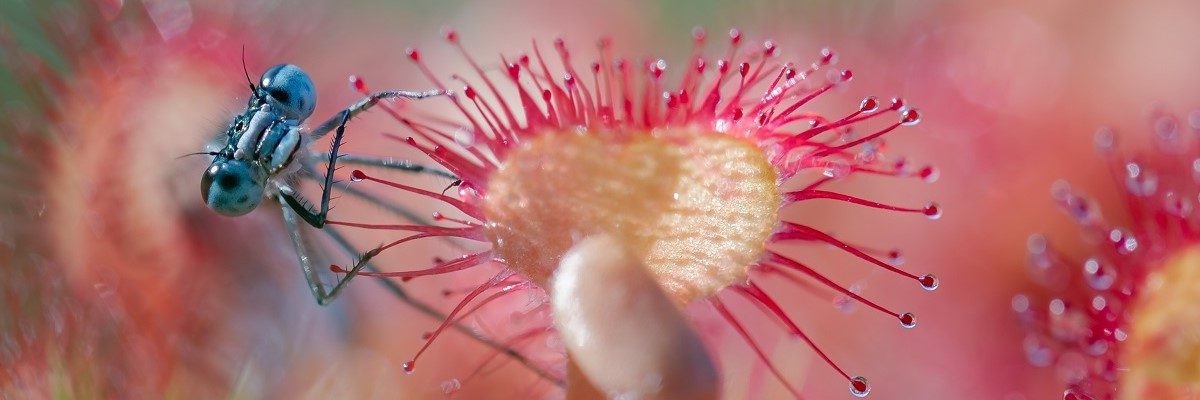How Do Sundews Reproduce: Besides the traditional pollination methods, the flowers of many species of sundews are self-fertile, which means that once the blooms have closed, they are likely to pollinate themselves. As the petals fold inward, the anthers rub over the stigmas. As the pollen enters the style, it travels into the ovary, fertilizing all of the eggs that will become seeds once they mature. Often there is an abundance of seeds produced by these plants once pollination has happened.
Some exceptions to this rule, such as Petiolaris sundews, need to cross-pollinate with another species of the same genus or cross-pollinate with another Petiolaris specie to produce viable seeds. It is believed that the tiny black seeds of some of these species germinate in response to light and moisture. However, the seeds of temperate species require cold, damp stratification to germinate.
It is necessary for the seedlings of Sundee plants to germinate in the summer when it is hot and dry, followed by a cold, moist winter. It is natural for some species of plants to reproduce vegetatively (similar to asexual reproduction) when their roots come close to the soil surface or when they produce stolons.
Older leaves can sprout plantlets when they touch the ground. The pygmy sundew reproduces asexually by using specialized leaves similar to scales known as gemmas.
Also, sundews can produce offsets from the corms (Some plants use the storage function of this underground stem, which is short, vertical, and swollen, to survive conditions such as winter or adverse weather conditions) of their plants.
Sundews propagated at home primarily through cuttings, such as leaves, crowns, and roots, as well as through seeds in culture.
Sundew’s Flowers
Like nearly all carnivorous plants, the flowers of sundews are held by a long stem that extends far above the foliage. Generally, it is thought that the physical separation of the flowers from the traps is a means of avoiding trapping pollinators.
It is common for each flower to open one at a time and only to remain open for a short time. During the day, flowers open in response to light intensity moving in relation to the sun’s position in the sky.

Where Do Sundews Grow?
The sundews that grow along the banks of streams in Australia are sometimes found forming large mats along the banks. It is also known that the species can also be found living on rocks in rainforest areas at altitudes ranging from 220 to 1200 meters above sea level.
Many of these species occur in steep, densely forested terrain and are difficult to access. Although sundews are found in almost all of the United States, some parts of the Southwest do not have them. Their natural habitats are bogs and soils deficient in nitrogen in the United States.
Are sundews easy to grow from seed?
Sundews can be an extremely rewarding plant to grow from seed, but it is a very time-consuming process. It depends on the species and the viability of the seed. Still, the tropical and subtropical Sundews might take anywhere from 1-6+ weeks to germinate this way.
In the case of sundews, species have higher resistance to germination. It may take more than three years for the seeds to germinate. The sundew plant reaches maturity much faster than most carnivorous plants when provided with enough food. Many sundews can reach maturity in as little as one year or even less.

